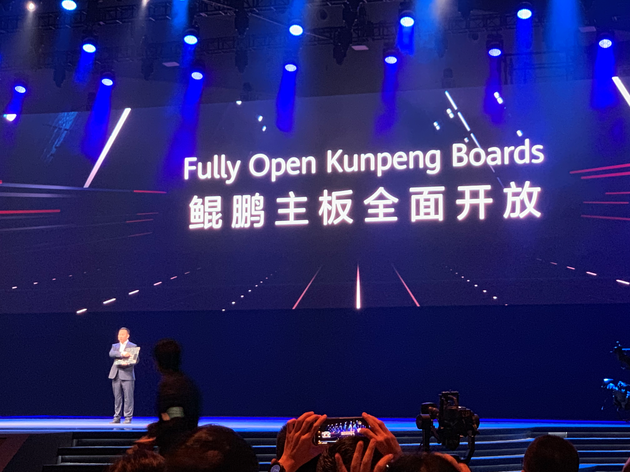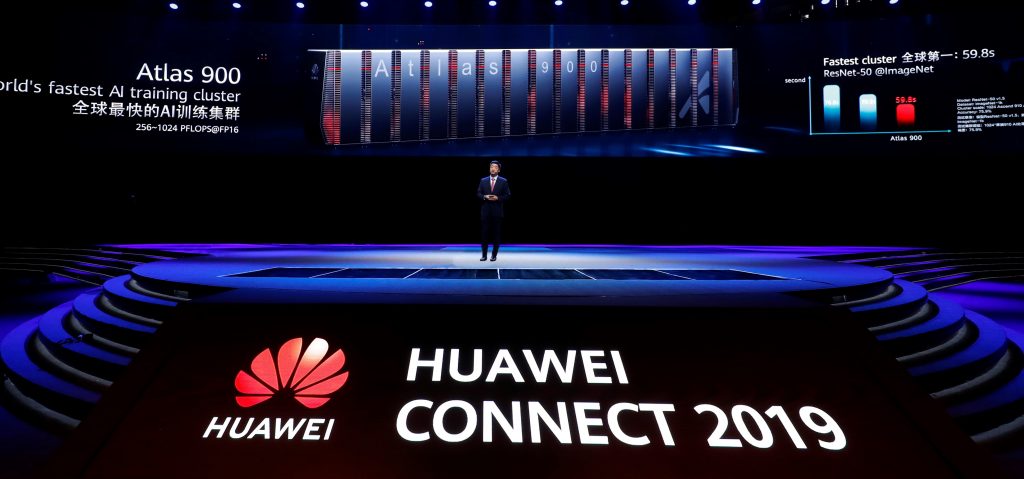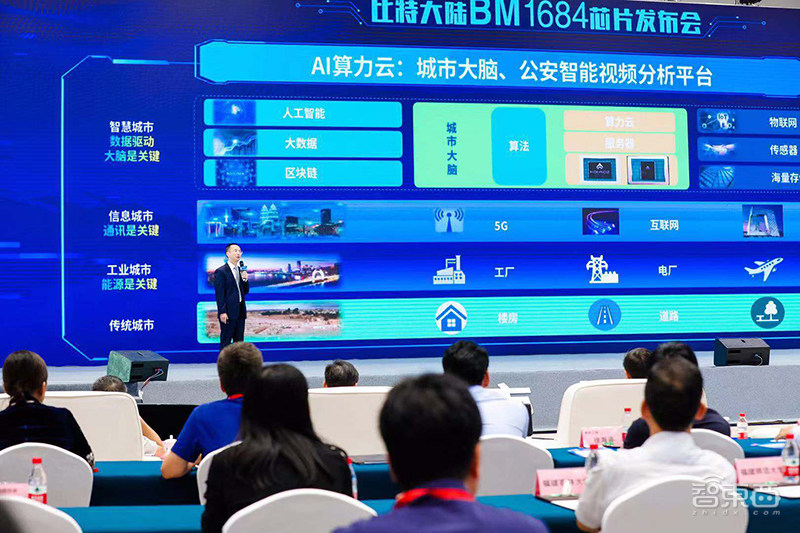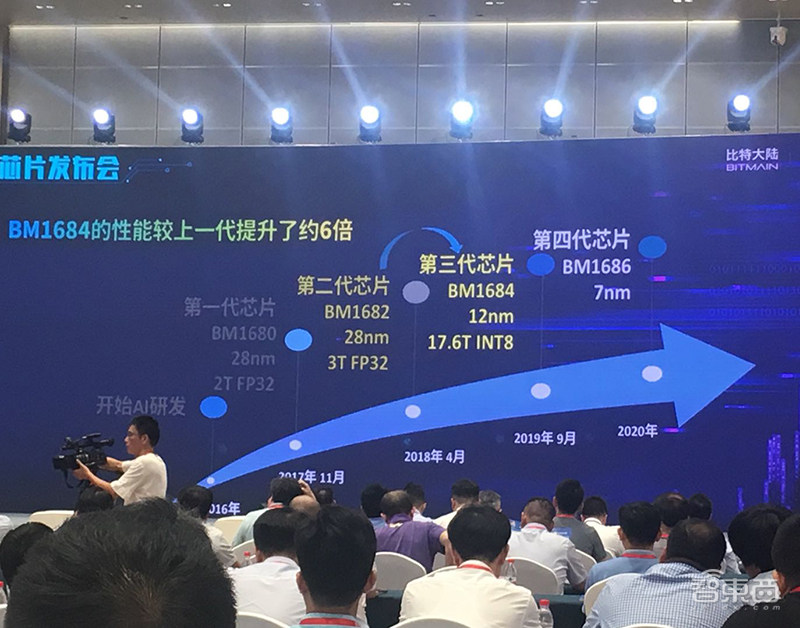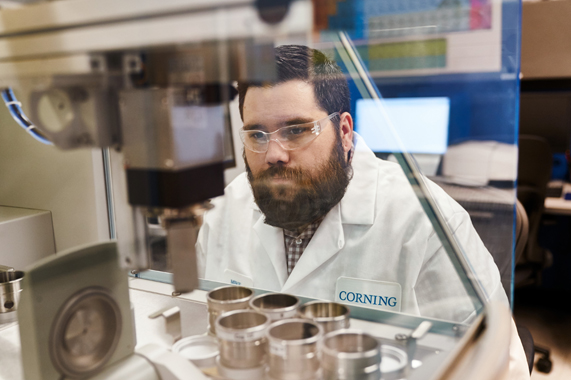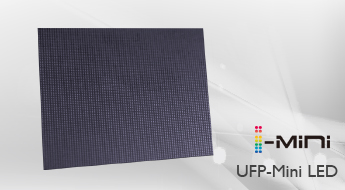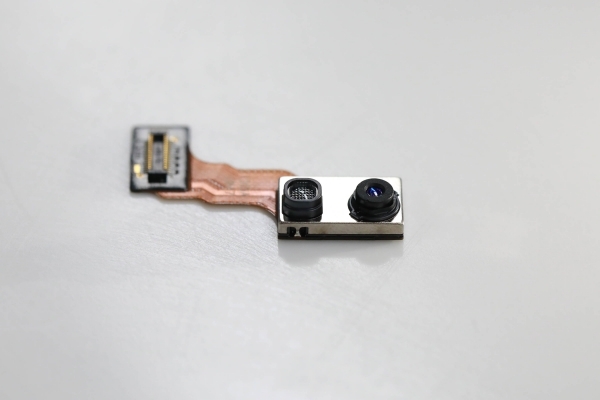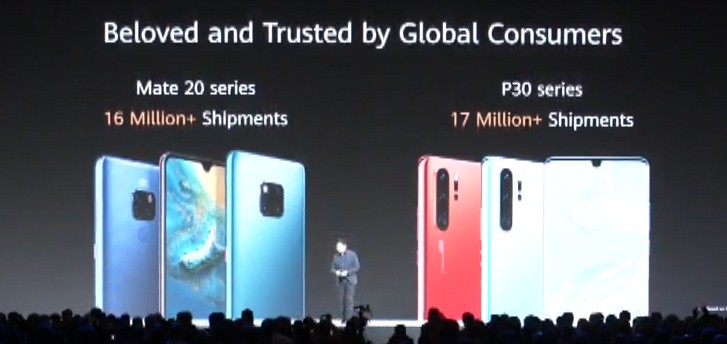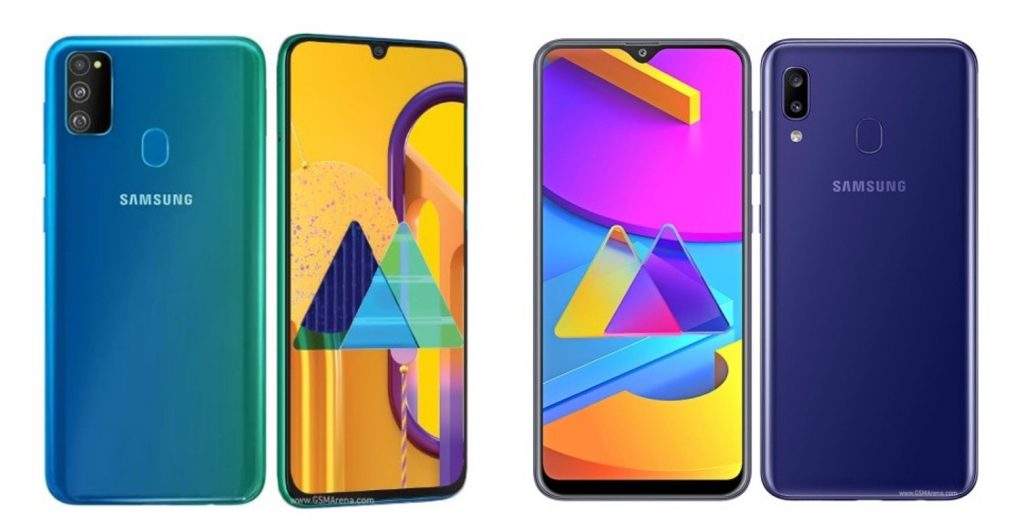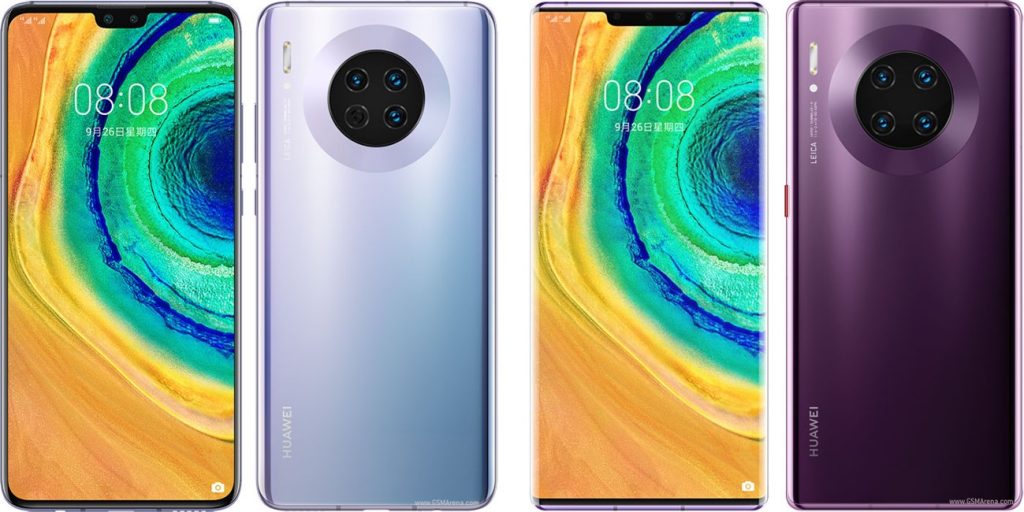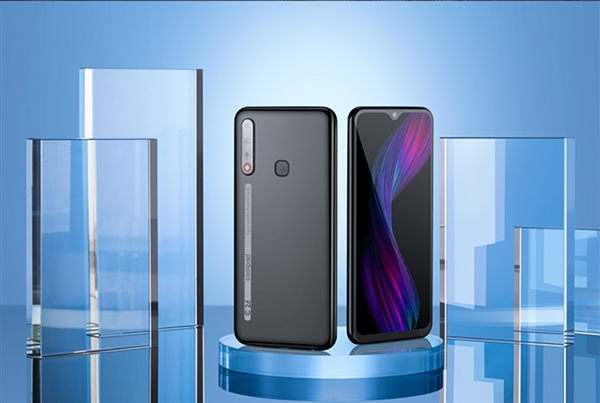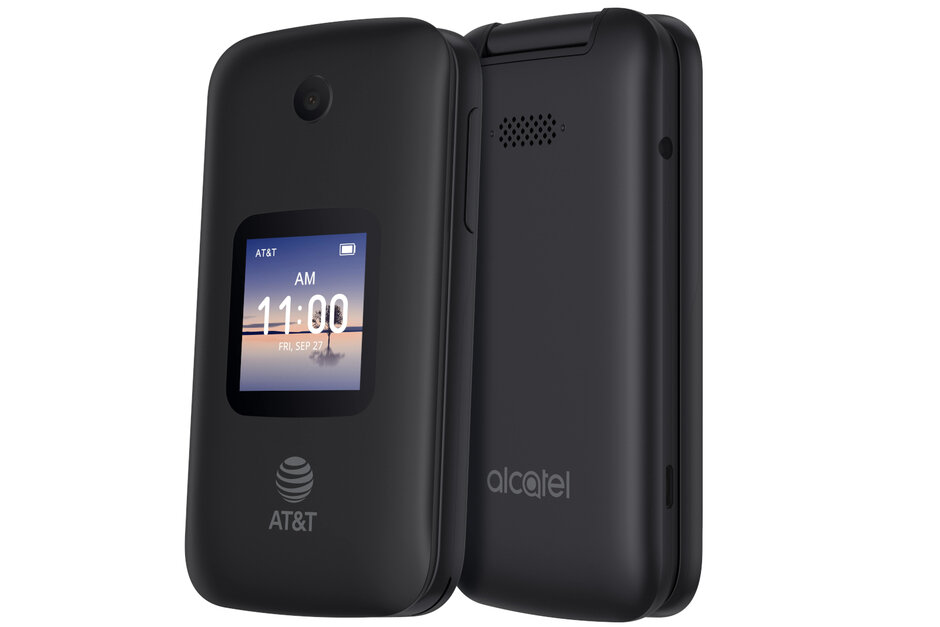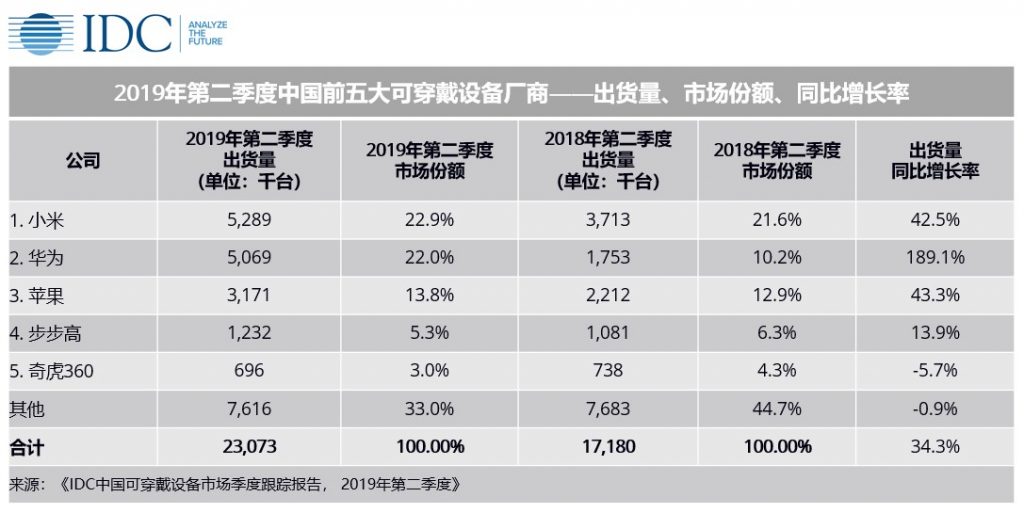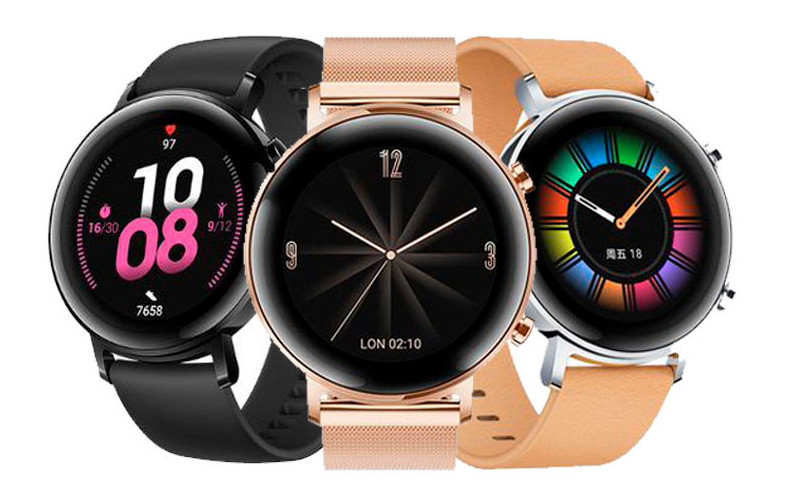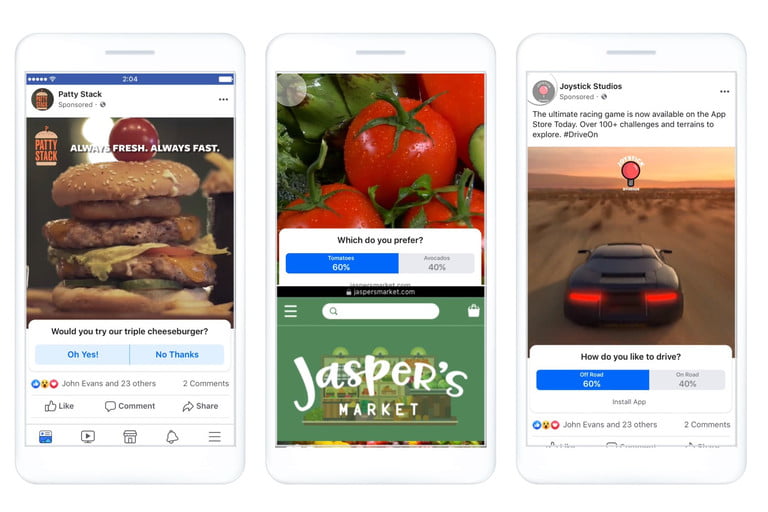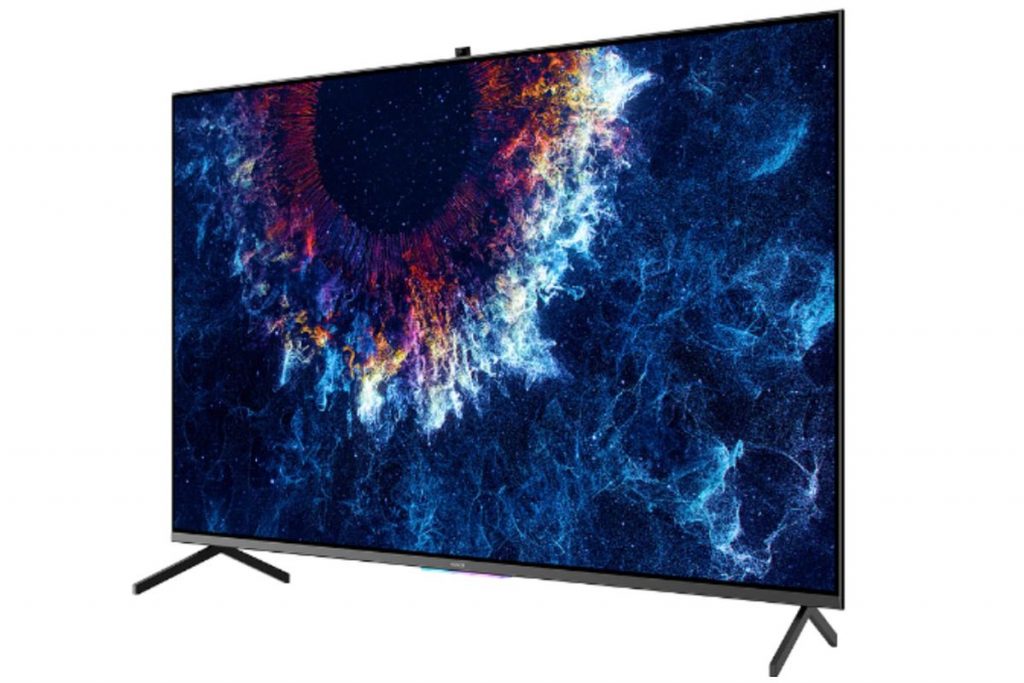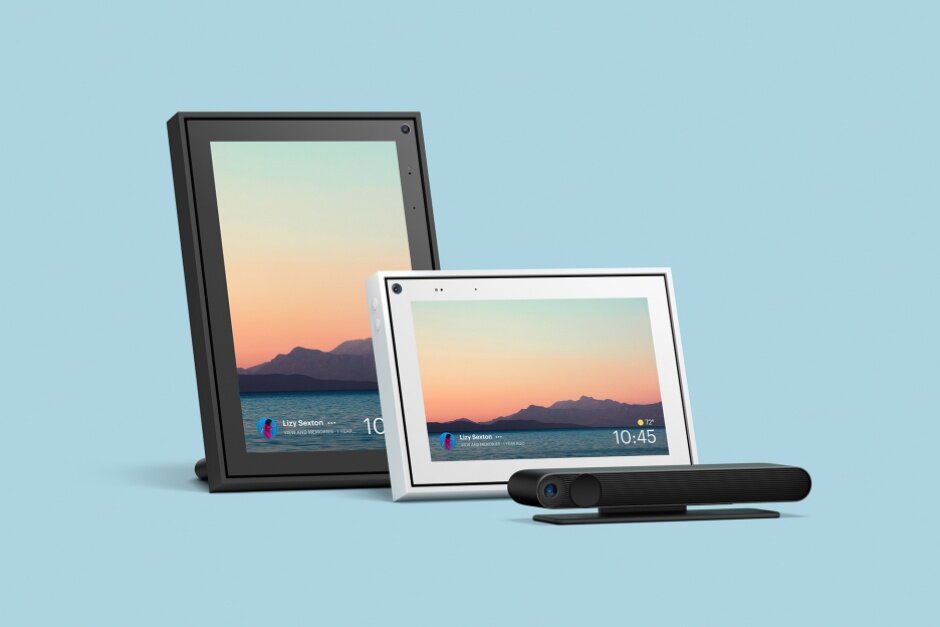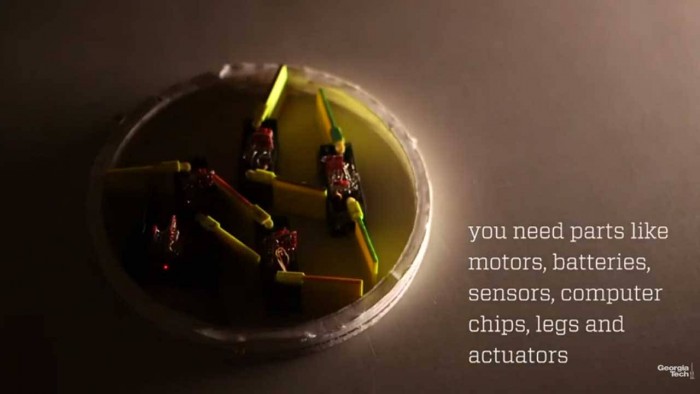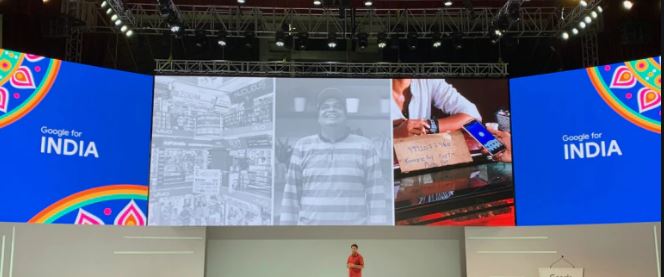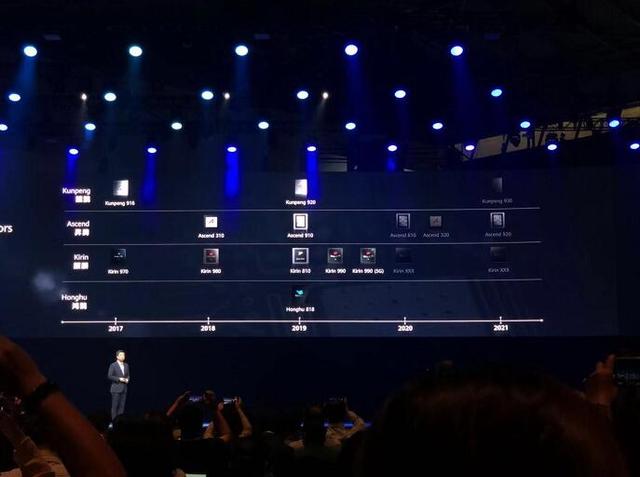
09-20: Huawei joins hands with partners to build the Kunpeng ecosystem; Huawei has announced its strategy for the computing market and has released Atlas 900; etc.
Chipsets
The VP of corporate research of TSMC, Philip Wong, claims that not only is Moore’s Law alive and well, but with the right bag of technology tricks it will remain viable for the next 3 decades. The only thing that matters to sustain Moore’s Law is to keep improving density. Carbon nanotubes can advance the semiconductor process to 1.2nm scale, and finally reach the 0.1nm scale, which is equivalent to the size of hydrogen atoms. (CN Beta, Digitimes, Next Platform, TechNews)
Huawei joins hands with partners to build the Kunpeng ecosystem. This full-stack infrastructure covers PC, server, storage, operating system, middleware, virtualization, database, cloud services, and applications. Huawei also launched 69 Kunpeng-based cloud services and hardware boards to accelerate customer innovation. (CN Beta, Huawei, Gizmo China)
Huawei has announced its strategy for the computing market and has released Atlas 900, which is claimed to be the world’s fastest AI training cluster. The company says that Atlas 900 will help make AI more readily available for different fields of scientific research and business innovation. (Gizmo China, CN Beta, Huawei)
Huawei Deputy Chairman Ken Hu has revealed that in the coming 2 years, Huawei is launching 6 chipsets, including 2 HiSilicon chipset (models yet unknown), 3 Ascend chispets (610 and 32 to be launched in 2020, and 910 to be launched in 2021). Additionally, Kunpeng 930 is to be launched in 2021. (Sina, Laoyaoba, DRAMX)
MediaTek CFO David Gu has revealed that the company’s 5G chipset has begun sampling, and expects to begin mass production in Jan 2020. The company is very upbeat about the global 5G market, expecting shipments of 5G smartphones in China to top 100M units in 2020. The company has invested more than NTD100B (USD3.23B) in 5G chip related research and development. (Laoyaoba, China Times, Focus Taiwan, Sohu)
Bitmain has officially released its 3rd generation AI chip in Fuzhou—the city brain dedicated chip BM1684. It is built on TSMC’s 12nm process. Under the premise of power consumption of only 16W, FP32’s accuracy is 2.2 TFlops, INT8 can be as high as 17.6 Tops, and INT8 is increased to 35.2 Tops with Winograd convolution acceleration. (My Drivers, Zhidx)
Touch Display
Apple has announced it is investing USD250M more in Corning, supplier of precision glass for iPhone, Apple Watch and iPad. The lastest sum from Apple’s Advanced Manufacturing Fund builds on the USD200M the glass expert received from the same fund in May 2017. (Digitimes, press, Apple, Feng, CN Beta)
RGB mini LED fine-pitch displays with high resolution and contrast can form 100” to 200” seamless mosaic displays, form factors that LCD panels cannot achieve, according to Lextar Electronics chairman and CEO David Su. Lextar has introduced I-Mini 55” RGB mini LED UFP (ultra-fine-pitch) display with a pitch of 0.7mm and will begin production later in 2019. (Digitimes, press, UDN)
Camera
LG Innotek will reportedly be supplying 3D Time of Flight (ToF) modules for Apple’s next generation iPads and iPhones in 2020. LG Innotek has revealed that the ToF sensors for the iPad modules will come from Sony. (Phone Arena, The Elec, Mac Rumors, Digitimes)
Connectivity
Malaysia is expected to announce spectrum allocations for 5G service providers in 2H20, says Al-Ishsal Ishak, chairman of the Malaysian Communications and Multimedia Commission. Huawei is a longtime supplier of broadband routers, network controllers and data center switches to Malaysian telecommunications companies. (Gizmo China, Asia Nikkei, TXOS)
Phone
Huawei consumer business group CEO Richard Yu has revealed that the company has shipped more than 16M Mate 20 series and more than 17M P30 series. (GSM Arena, Android Central)
Huawei consumer business group CEO Richard Yu has indicated that cheap 5G phones will be a reality in 2020. In 2019, Huawei’s premium segment is 5G, but in 2020 they will go to mid-tier 5G smartphones and later on the low-tier. (Android Authority)
Samsung Galaxy M30s and M10s are launched in India: M30s – 6.4” 1080×2400 FHD+ Super AMOLED, Samsung Exynos 9611, rear tri 48MP-8MP ultrawide-5MP depth + front 16MP, 4+64 / 6+128GB, Android 9.0, rear fingerprint scanner, 6000mAh 15W (8.9mm thick), INR13,999 (USD196) / INR16,999 (USD238). M10s – 6.4” 720×1560 HD+ Super AMOLED, Samsung Exynos 7884B, rear dual 13MP-5MP ultrawide + front 8MP, 3+32GB, Android 9.0, rear fingerprint scanner, 4000mAh 15W, INR8,999 (USD126). (GizChina, GSM Arena, Samsung)
Huawei Mate 30 series is announced, powered by HiSilicon Kirin 990: Mate 30 5G – 6.62” 1080×2340 FHD+ OLED, rear tri 40MP-8MP 3x telephoto OIS-16MP ultrawide + front 24MP, 8+128/256GB, Android 9.0, under display fingerprint, 4200mAh 40W (8.4mm thick), 27W wireless charging, IP53 rated, from EUR799. Mate 30 Pro – 6.53” 1176×2400 FHD+ 88º curved, rear quad 40MP OIS-8MP 3x telephoto-40MP ultrawide-3D ToF + front dual 32MP-3D ToF, 8+256GB, Android 9.0, under display fingerprint, 4500mAh 40W (8.8mm thick), 27W wireless charging, IP68 rated, EUR1,099 / EUR 1,199 (5G). (GSM Arena, Android Authority, Liliputing)
Coolpad 26 is announced – 6.3” 1080×2340 FHD+ IPS, Qualcomm Snapdragon 710, rear tri 16MP-5MP-8MP + front 16MP, 6+128GB, Android 9.0, rear fingerprint scanner, 4000mAh, CNY1,599. (CN Beta, My Drivers, Sina, IT Home)
Alcatel, brand owned by TCL, has announced GO FLIP 3 (T-Mobile) / SMARTFLIP (AT&T / Cricket WirelesS) supporting 4G and Google Assistant in United States – 2.8” internal display + 1.44” external preview display, quad-core processor, 8GB expandable storage, KaiOS 2.5, up to 7 hours of continuous 4G LTE talk time. (PRNewswire, Phone Arena)
vivo V17 Pro is announced in India – 6.44” 1080×2400 FHD+ Super AMOLED, Qualcomm Snapdragon 675, rear quad 48MP-8MP ultrawide-13MP 2x telephoto-2MP depth + front pop-up dual 32MP-8MP ultrawide, 8+128GB, Android 9.0, under display fingerprint, 4100mAh 18W, INR29,990 (USD420). (Android Central, GSM Arena)
Wearables
Google is allegedly not launching a Pixel Watch in 2019 alongside the Pixel 4. In fact, Google has given up on making its own Wear OS watch a long time ago. Google’s SVP of Hardware Rick Osterloh allegedly does not want a peripheral product to bring down the name of the Google hardware brand. (Neowin, Business Insider, Android Central)
According to IDC, in 2Q19 the Chinese wearable market shipments were 23.07M units. This is an increase of 34.3% year-on-year. The number of basic wearable devices (wearable devices that do not support third-party applications) is 18.46M units. A 31.9% year-on-year growth rate. However, the shipment of smart wearable devices is 4.61M units, a year-on-year increase of 45.0%. From the total shipments, earphone shipment hit 7.45M units. This is a 113% year-on-year increase which is a new record high. (GizChina, IDC, press, CN Beta)
Huawei Watch GT2 is announced – 1.39” 454×454 HD AMOLED, HiSilicon A1 chipset, Lite OS, supports 15 sports modes, supports health monitoring in real time, heart rate monitor, sleep monitor, TrueRelax to help users relieve stress, 50m water resistance, EUR199~EUR229. (Neowin, Gizmo China, GizChina, CN Beta)
Augmented / Virtual Reality
Facebook is rolling out new interactive ads to its News Feed that include augmented reality (AR) experiences that let user play games or see how makeup looks on user’s skin. The interactive features, such as the “try on” feature, will only be available to users who use the mobile app by using their phone’s camera. (Digital Trends, Facebook, Yivian, Sohu)
Magic Leap has announced that third-party developers can now publish and explore Concepts, or free augmented reality apps with limited functionality meant to garner feedback, experimentation, and support from the broader Magic Leap community. (VentureBeat, Magic Leap, Yivian)
Home
Huawei has announced its own 4K television, the Huawei Vision, powered by Harmony OS. Huawei will offer 65” and 75” models to start, with 55” and 85” models coming later. It will come with IoT Control and Huawei’s HiLink smart home platform. Huawei is also touting the TV’s AI capabilities, likening it to a “smart speaker with a big screen”. (Pocket-Lint, The Verge, TechRadar, Engagdet CN)
Facebook is expanding the Portal family of home video-calling devices with 3 new models: Portal, Portal Mini and Portal TV. They can make video calls with Facebook Messenger and WhatsApp, playing music from Spotify, Pandora, and iHeartRadio, and even streaming video. (Phone Arena, Facebook, The Verge, Sina)
Robotics
Georgia Tech working on a project with the Army Research Laboratory have found a way to create “robots made of robots” that can move around, even though the individual parts can’t travel on their own. To create this robot horde, researchers designed several roughly iPhone-size machines called “smarticles”—short for smart particles—that could flap their small arms up and down but could not move from place to place by themselves. (CN Beta, The Engineer, Science Mag)
Artificial Intelligence
Google has announced that the Google Assistant will be available to some feature phone users in India through a toll-free number. The company said that users who have a Vodafone or Idea connection will be able to place a call to ‘000 800 9191 000’ and then talk to Google Assistant in English or Hindi. (TechCrunch, 9to5Google, India Today, Sina)
Google has launched Google Research India in Bangalore, its first AI lab in India. Google Research India joins Google research centers in New York, Toronto, and Zurich and follows the opening of dedicated AI centers and research operations in various parts of the world. (VentureBeat, Google, Sina)
E-Commerce
Shipper is a Indonesia-based startup with the ambitious goal of giving online sellers access to “Amazon-level logistics”. The company has raised USD5M in seed funding from Lightspeed Ventures, Floodgate Ventures, Insignia Ventures Partners and Y Combinator, which will be used for hiring and customer acquisition. (TechCrunch, Odiamail, Chuangyetv)

